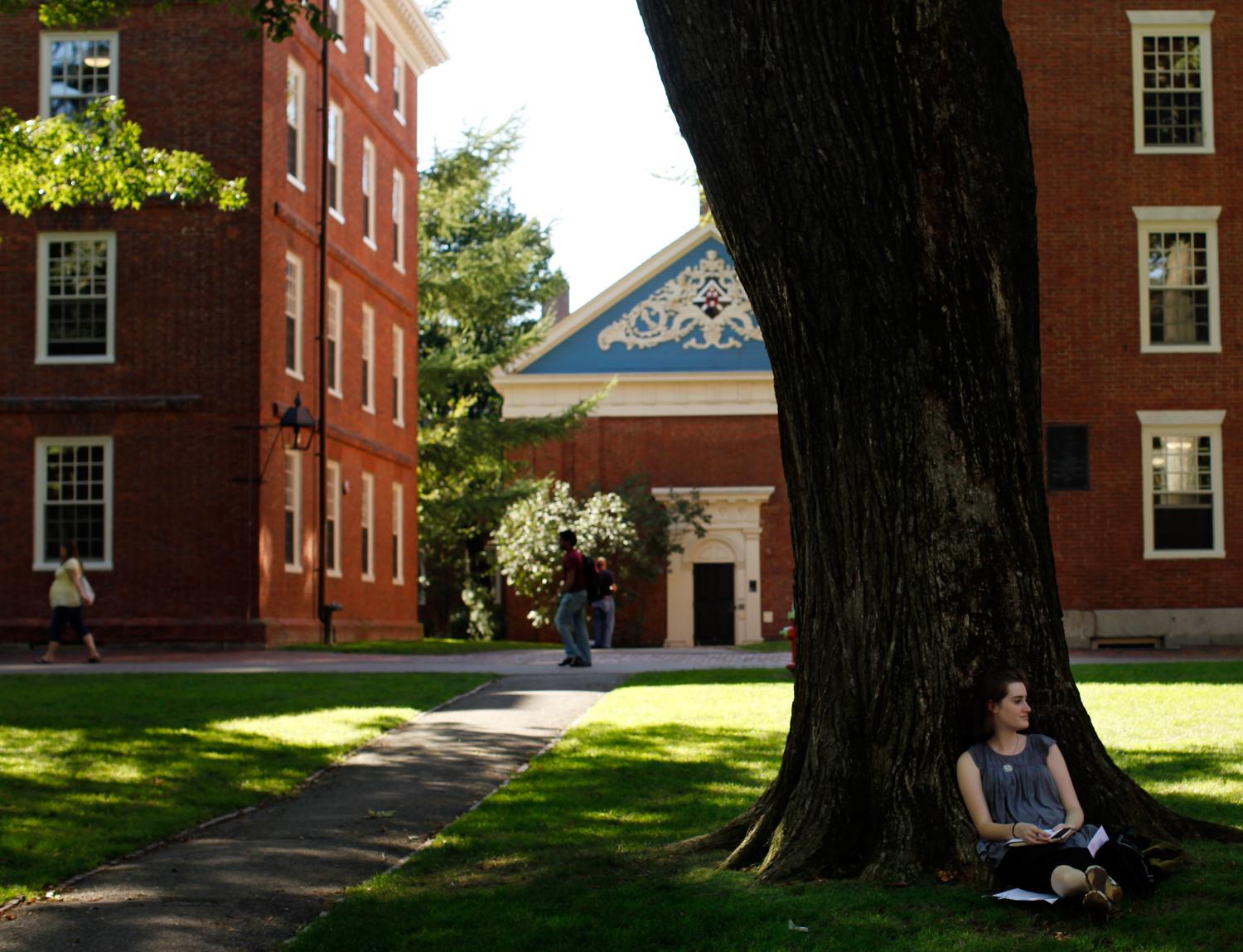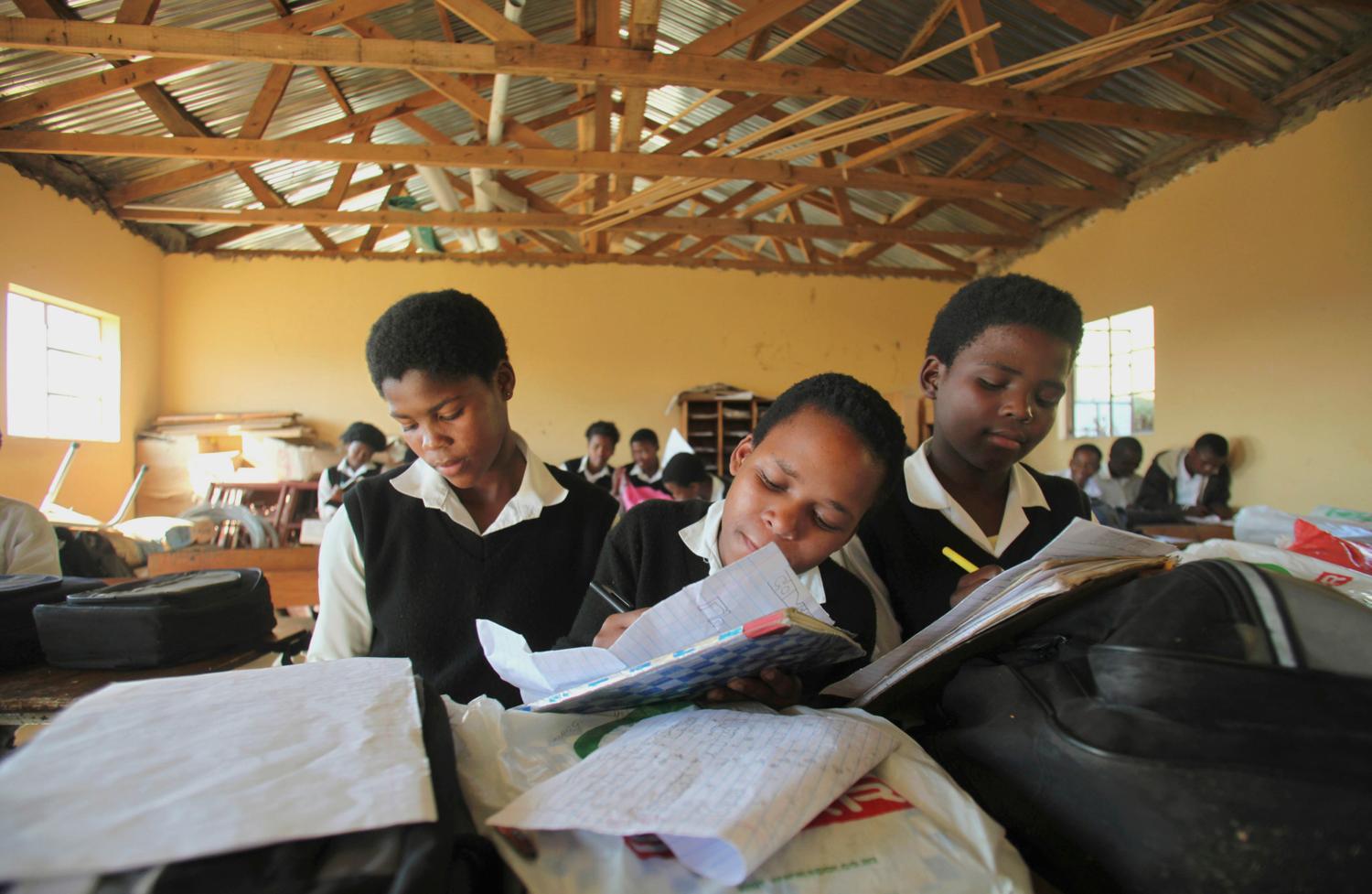In “The Missing One-Offs: The Hidden Supply of Low-Income, High-Achieving Students” (forthcoming in Brookings Papers on Economic Activity[1]), Christopher Avery and I study every student in the high school graduating class of 2008 who scored at the 90th percentile or above on the SAT or ACT and whose high school GPA was A- or above. These high-achievers, who make up about 4 percent of American students, are well qualified for admission at very selective colleges.[2] We use individual data on millions of students and follow them from high school, through college applications, and onwards as they enroll in college, persist, and graduate.
The evidence gives us five pieces of good news to relate.
1. There are between 8 and 15 times as many high-achieving students from low-income families as college admissions staff at selective colleges thought there were. Admissions staff did not get the number wrong intentionally. They simply believed what they saw among their applicants: at least several high-achieving, high-income students for every high-achieving, low-income student. However, the ratio of high-achieving, high-income students to high-achieving, low-income students in the population is only about two-to-one!
This is good news because it strongly suggests that income is not destiny. Children from low-income families do make it into the ranks of the very high-achieving. Yes, it would be even better if the ratio were one-to-one, meaning that high-income and low-income students were equally likely to be high-achieving. However, the ratio is much better than anyone thought.
2. We show that very selective colleges offer high-achieving, low-income students such generous financial aid that they could attend these colleges and pay less than they currently pay to attend the non-selective colleges in which they often enroll. The very selective colleges offer them resources that are more generous by an order of magnitude and ask them to pay less. It is not every day that someone offers you ten times as much for a lower price.
This is good news and not just for the low-income students who currently enjoy generous financial aid. It means that very selective colleges are deeply committed to giving all academically qualified students an opportunity to get one of the most resource-intensive educations in the world.
3. We find that when high-achieving, low-income students apply to very selective colleges, they are admitted and enroll and graduate at the same rates as high-income students with the same level of achievement. Specifically, we find that if a low-income and high-income student with the same achievement apply to the same college, they thereafter have outcomes (matriculation, persistence, on-time graduation) that are so similar that they cannot be distinguished statistically.
This is good news because it suggests that low-income students take full advantage of very selective colleges’ educational resources once they apply. This evidence should also put an end to the myth that low-income students usually fail to thrive at very selective colleges because they differ from the modal student. Believers in this myth routinely regale us with anecdotes about low-income students who struggle unduly at selective colleges. These anecdotes must be unrepresentative because, remember, we examine all high-achieving, low-income students in our study. Myth-believers will simply have to come around and accept the fact that low-income, high-achieving students succeed at top colleges to about the same extent as their higher-income counterparts. Again, income is not destiny.
4. Very selective colleges work hard to find and recruit low-income, high-achieving students using an array of methods: visiting high schools, inviting students to visit campuses (and providing financial aid to help them do so), coordinating with college mentoring programs, even creating their own college mentoring programs. We show that all this effort has borne fruit. Specifically, we demonstrate that colleges successfully recruit the high-achieving, low-income students of whom they are aware. Indeed, high schools that have a critical mass of low-income, high-achieving students are so often visited that they are “fully tapped.” Similarly, high-achieving, low-income students who live near a very selective college tend already to enroll. The data also suggest that high school counselors who advise numerous low-income, high-achieving students are fairly expert advisors about college: their students exhibit college application behavior that is about as sophisticated as that of high-income, high-achieving students.
This is good news because it indicates no one is being lax or deliberately ignoring low-income, high-achieving students. Nevertheless, one might ask why, if everyone is trying so hard, are the vast majority of low-income, high-achieving students not applying to very selective colleges? We show that they are so dispersed across high schools and localities that there is no cost-effective way for colleges to find them using the traditional methods listed above. The students’ dispersion is also the reason why their counselors likely do not develop expertise about very selective colleges. Suppose a counselor has 350 advisees (the normal number in the U.S.) and only encounters a strong candidate for very selective colleges once a year or every few years. It is likely that the counselor will develop skills to help her other 349 advisees–many of whom may be struggling to stay in school or attend any postsecondary institution–rather than skills that will help the rare “one-off.”
5. Our study would not exist if it were impossible to identify low-income, high-achieving students. Put another way, it cannot both be true that we put together the data for our study and that it is impossible to use such data to develop novel tools to inform students about their college-going opportunities.
This is good news because it means that we must be on the verge of inventing tools that could make all American students understand their educational opportunities more clearly. In truth, we are not “on the verge”: we have already made progress in inventing the tools. We wrote most of “The Missing Students” a few years ago and then kept the study under wraps until we had tested some tools. Stay tuned!
“The Missing Students” reveals something like buried treasure. The U.S. has a trove of low-income students who are extremely well prepared for college and who have been little-recognized up to now. We know that they could afford very selective colleges because they are already paying more to attend non-selective institutions. We see no evidence to suggest that they would fail if they were to attend very selective colleges: The low-income, high-achieving students who do attend persist and graduate at the same rates as their high-achieving counterparts. (The current study does not actually demonstrate that the missing students would do just as well as the students who have already “been found,” but we test that hypothesis in forthcoming work.) We also see no evidence to suggest that colleges and counselors were lax. They used the tools at their disposal. Today, we can invent new tools, and we know that it would be worthwhile trying to do so.
I have been amazed that some commentators on “The Missing Students” have managed to spin the study so heavily that it comes off sounding like bad news. To me, that is like a person complaining about discovering buried treasure because it means that he will have to buy a shovel and do a little digging.
I am optimistic that we can learn how to inform students who are already prepared to rise above their economic circumstances. This is a manageable task yet one that could potentially improve economic mobility in the U.S. by a substantial amount. After all, it is not just the missing students themselves who might benefit from resource-rich college education. Their success might inspire other low-income students to achieve while in high school. They might serve as a conduit of information about colleges and high-skill careers for the schools and neighborhoods in which they grew up. It seems likely that the low-income students who succeed in becoming high achievers have insights into their schools and neighborhoods that would make them exceptionally good at improving the prospects of other low-income children.
[1] https://www.brookings.edu/research/interactives/2013/low-income-high-achieving-hoxby-avery
[2] Only 4 percent of students meet these criteria because not all students take a college assessment exam. Recent studies of universal SAT or ACT testing suggest that very few students who would meet these criteria do not, in fact, take one of the tests. The students who meet our criteria are well qualified for very selective institutions because they have test scores and grades that match those of students who enroll in colleges that Barron’s classifies as “Most Competitive” or “Highly Competitive Plus” in its Profiles of American Colleges 2008.
The Brookings Institution is committed to quality, independence, and impact.
We are supported by a diverse array of funders. In line with our values and policies, each Brookings publication represents the sole views of its author(s).




